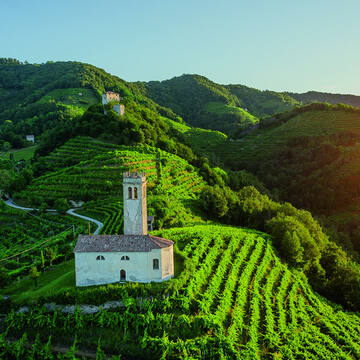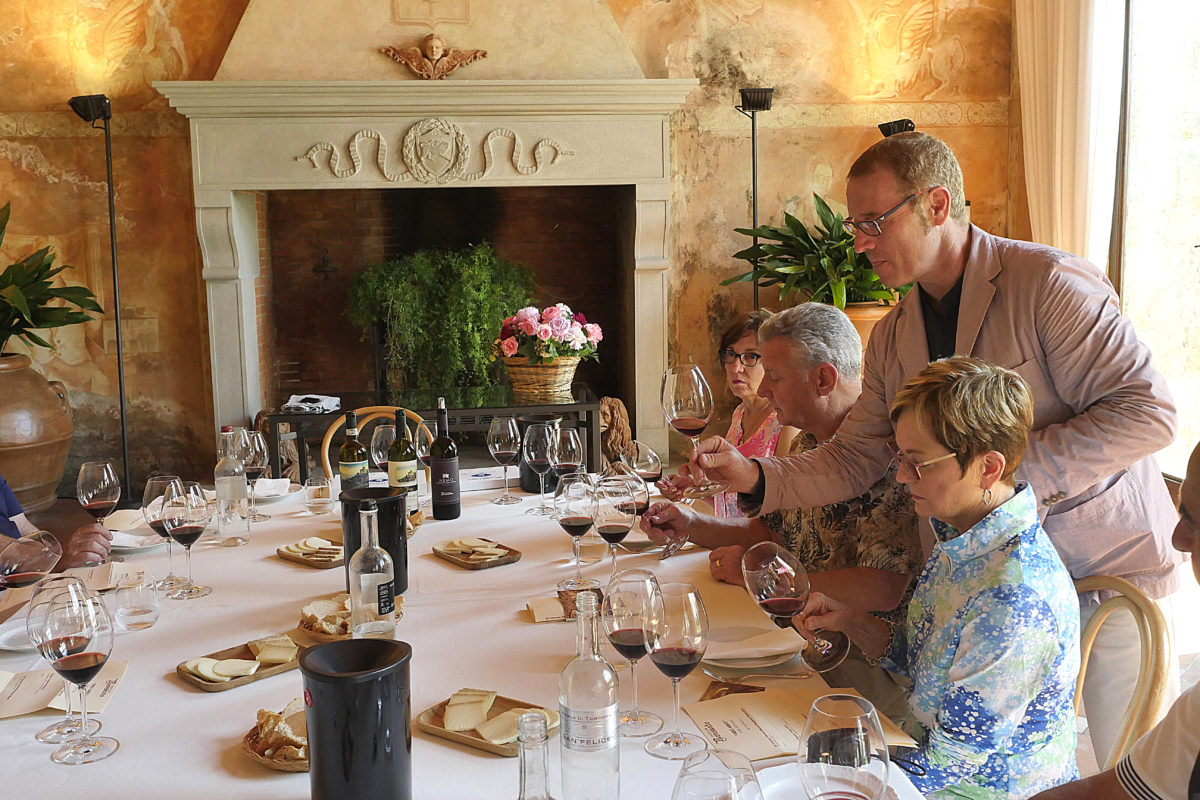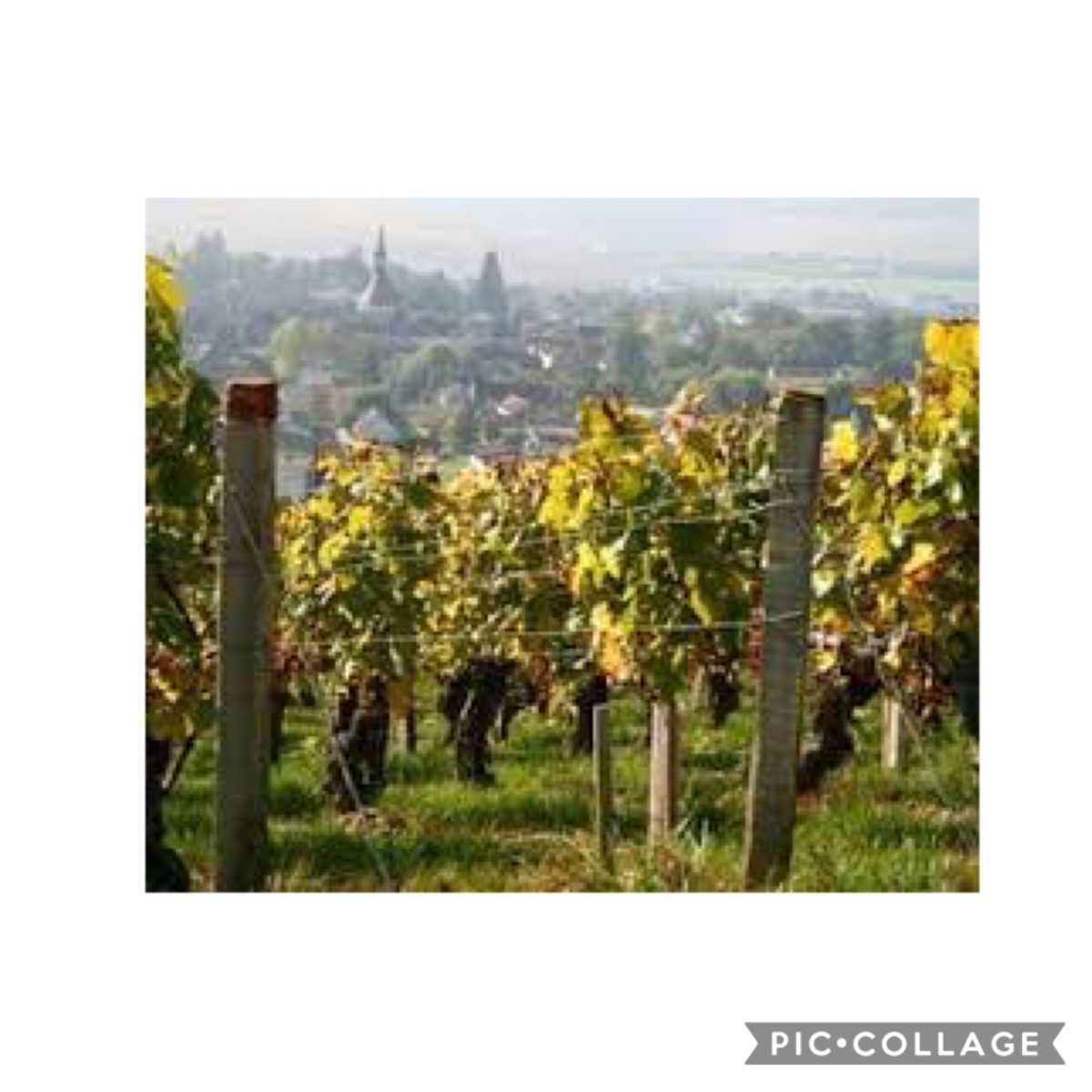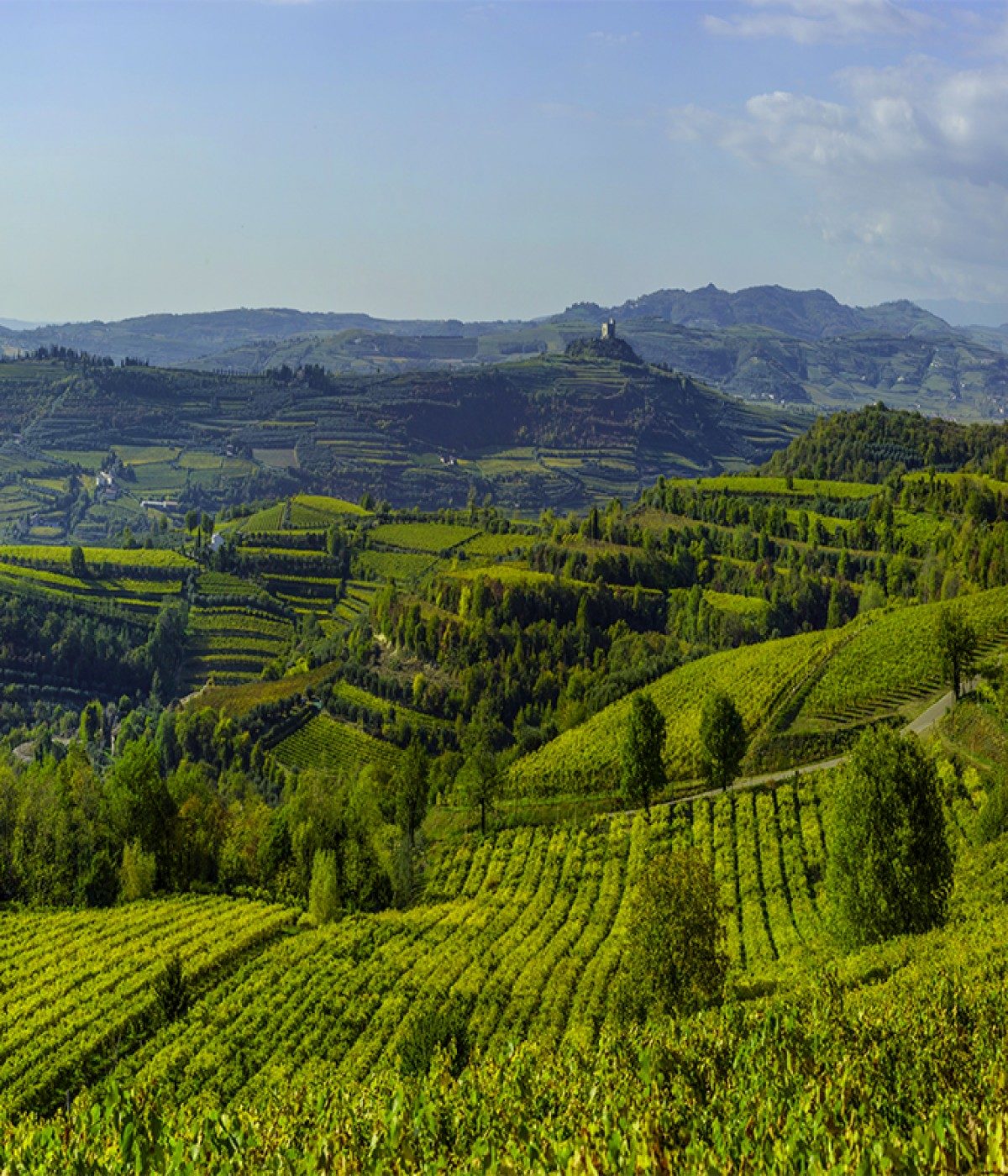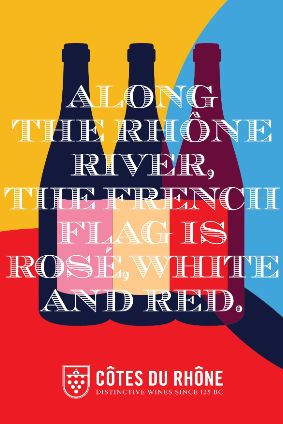The status was officially announced on Sunday for the Prosecco landscape, and includes Le Colline del Prosecco di Conegliano e Valdobbiadene, and the DOCG vine growing area; “characterized by ‘hogback’ hills, ciglioni — small plots of vines on narrow grassy terraces — forests, small villages, and farmland,” states UNESCO.
The UNESCO World Heritage Committee, met in Baku, Azerbaijan, on Sunday to congratulate Italy and its Veneto Prosecco region.
The campaign to nominate Prosecco started in 2008, and Italy’s National Commission for UNESCO officially gave its support January 2017. The application included submitting a 1,300-page dossier.
‘For centuries, this rugged terrain has been shaped and adapted by man.’
In particular, the training of vines since the 17th century has helped contribute to the unique aesthetics of the landscape.
This region spans over 500 towns, with 15 towns producing Prosecco Superiore DOCG – the top-quality bubbly produced.
Italy has more UNESCO sites than any other country in the world, with a total of 55.
Some wine regions, including Barolo and Pantelleria, with seven UNESCO sites in Tuscany.
Sales of Prosecco rose six percent in 2018 to 460 million bottles, of which 75 percent were exported.
Official UNESCO details:
N45 57 10.9 E12 13 34
Date of Inscription: 2019
Property : 20,334.2 ha
Buffer zone: 43,988.2 ha
Ref: 1571rev
Full description is available under license CC-BY-SA IGO 3.0

